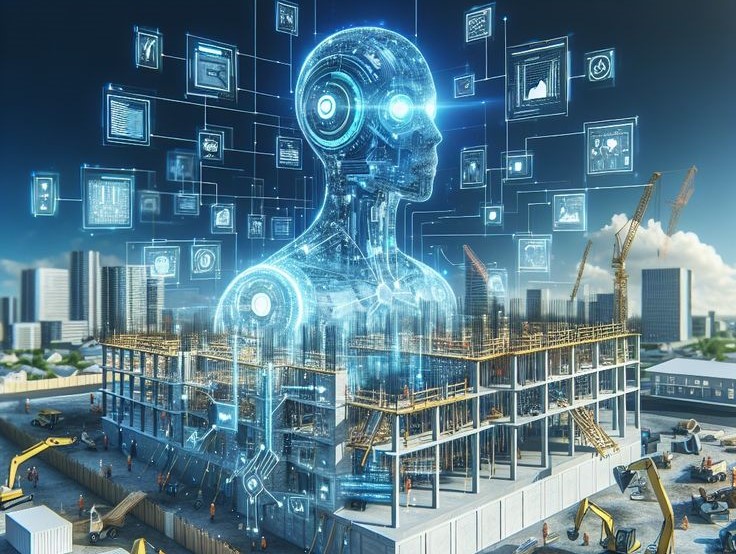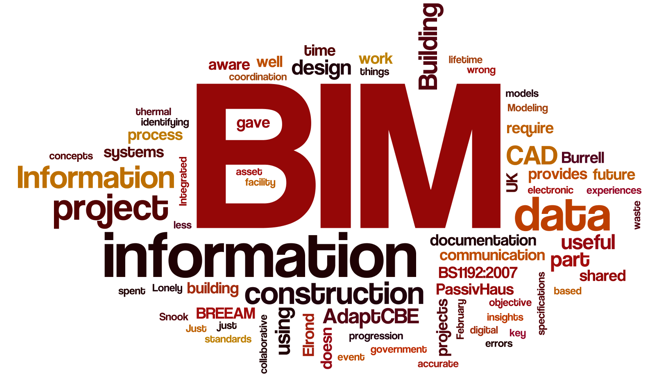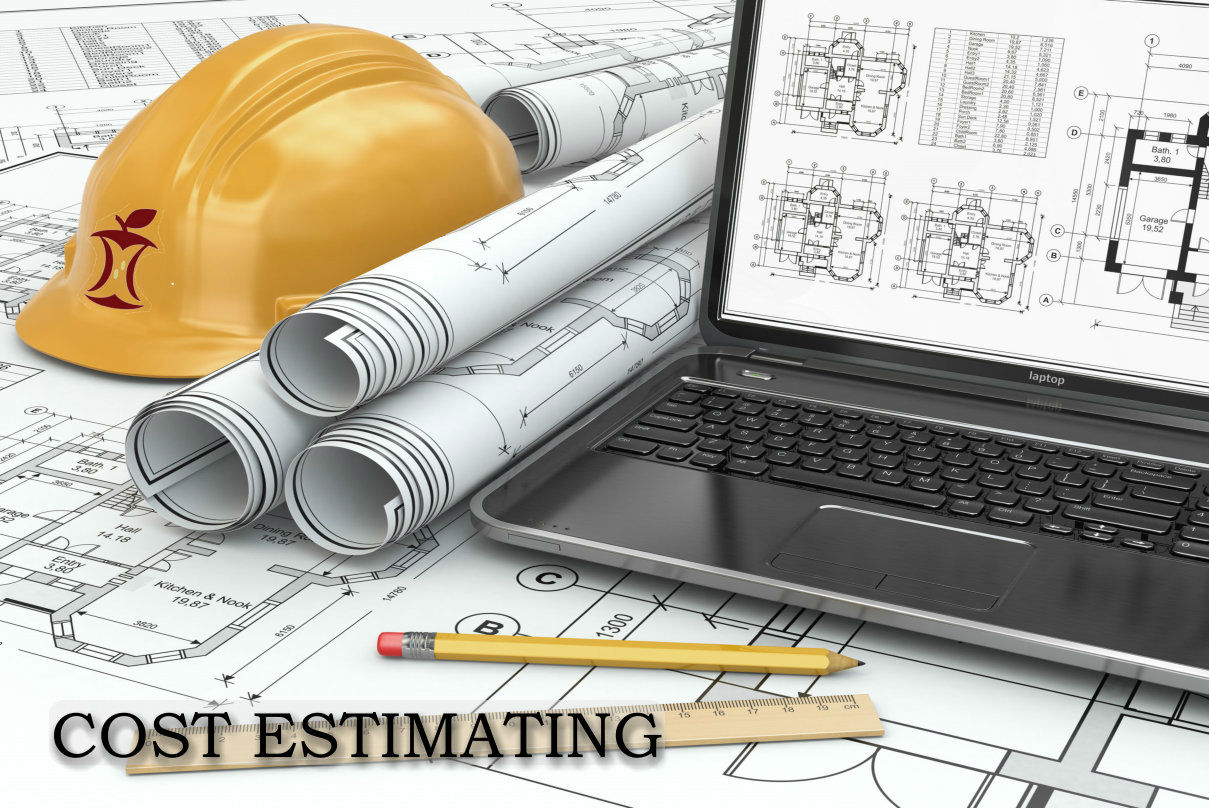The architectural industry is no longer just about blueprints and drafting tables; it’s evolving fast with the power of Generative AI. From 3D modelling to photorealistic rendering, AI is transforming how architects think, plan, and build. Today, top architecture firms across the globe are embracing AI-powered tools to optimize designs, predict urban growth, and meet sustainability goals. If you’re an aspiring architect or a student dreaming of designing tomorrow’s skylines, understanding AI in architecture is becoming not just useful; but essential. Let’s explore how AI tools for architects are shaping the future, starting now.
So, how are the giants of architecture using Generative AI in real life? Leading firms like Zaha Hadid Architects, Foster + Partners, and BIG (Bjarke Ingels Group) have already integrated AI to streamline projects and enhance creativity. These firms are using generative AI to quickly generate design alternatives, simulate structural behaviors, and manage huge datasets. As we are in 2025, expect these tools to become even smarter providing architects with real-time insights, predictive modelling, and enhanced collaboration across global teams. Top architecture firms are proving that creativity and technology are no longer separate; they’re a power duo.
Top Architecture Firms Are Using Generative AI Today and Into 2025
The future of architecture is already here—with AI transforming how leading firms design, plan, and innovate.

Designing Smarter Cities with Generative AI:
With rapid urban development and increasing population density, designing cities has become more complex than ever. Enter Generative AI. Urban planners and architects are now leveraging AI in urban planning to create smarter layouts that are efficient, eco-friendly, and sustainable. AI helps in simulating traffic flow, optimizing building layouts, and even forecasting energy needs for sustainable cities. Tools like Architectures.AI and Prome.AI are helping architecture firms draft intelligent, adaptable plans for future-ready cities. The future of AI for smart cities is not just visionary, it’s already unfolding.
Architectural Rendering Through AI:
If you’ve ever been wowed by a lifelike building image, chances are AI had a role in creating it. The uses of Generative AI in architectural rendering are vast, speeding up the creation of photorealistic renderings, refining details, and giving clients a virtual walk-through of their future spaces. Today’s AI architecture design software integrates with BIM workflows, letting architects visualize and iterate on ideas faster than ever. From concept to client presentation, AI architecture tools are making stunning, immersive visual storytelling a reality.
Boosting Productivity in Design Workflows:
Time is a precious resource in any project. Generative AI is a game-changer in design workflow by automating repetitive tasks like floor planning, adjusting lighting conditions, or testing material combinations. Generative design software empowers designers to experiment freely without starting from scratch each time. Top architecture firms are incorporating these tools into their daily practice, reducing workload and freeing up time for creativity and innovation. The result? Better designs in less time with fewer errors.
AI-Powered Sustainable Design Solutions:
With growing focus on eco-conscious construction, green architecture is more than a trend—it’s a necessity. Using Generative AI, architects can analyze data on light, wind, materials, and carbon footprints to shape buildings that are not just functional, but environmentally smart. From energy-efficient ventilation systems to solar-friendly angles, AI-powered sustainable building design is the new benchmark for modern construction. The harmony of tech and nature is now being drawn on drafting boards everywhere.
Integration of BIM and AI Tools:
Imagine combining the precision of BIM workflows with the learning power of AI. That’s what is happening today. Tools are being developed to identify clashes, generate cost estimates, and suggest real-time design changes to improve safety and efficiency. Top architecture firms are now integrating generative AI tools into their BIM environments to reduce errors and optimise coordination. AI is transforming traditional processes into intelligent systems that support faster and more informed decision-making.
Why Learn Generative AI in Architecture?
If you’re an architecture student or a budding BIM designer, now is the perfect time to learn Generative AI. Not only does it give you an edge in the job market, but it also expands your creative toolkit. Many institutes now offer AI courses for architects that teach how to integrate AI into building design, project visualization, and sustainability planning. Tomorrow’s architects won’t just sketch buildings, they’ll train models, run simulations, and collaborate with smart tools. Embracing this new skill can shape your entire career in architecture.
Conclusion:
As we look ahead to 2025, the role of AI in architecture is only set to grow. From sustainable urban design to smarter BIM coordination and realistic renderings, architectural innovation is being powered by code as much as by creativity. The future of architecture lies in this beautiful collaboration between human imagination and machine intelligence. If you’re excited about the idea of creating the buildings of tomorrow with tools of the future, perhaps it’s time to consider a building design course focused on AI integration.
We’ve launched our AI Power Up Program, featuring specialized certification courses like the Certificate in AI Powered Smart Building Design. It’s designed for students and professionals who want to be at the forefront of innovation.
Ready to power up your career in architecture? Visit our official website at CADD Centre and register today to learn more
Images source from Airegisters by Pinterest
FAQs:
What is Generative AI in Architecture Design?
Generative AI in architecture design refers to the use of artificial intelligence algorithms to create multiple design options based on input parameters like space, materials, energy efficiency, and environmental factors. It’s transforming how architects approach creativity and functionality
How do leading architecture firms use Generative AI in 2025?
In 2025, firms like Zaha Hadid Architects and Foster + Partners use generative AI to automate design iterations, analyze structural behaviors, and collaborate globally using AI and BIM integration for intelligent design coordination.
How does generative design work in architecture projects?
In architecture projects, generative design uses AI tools to automatically generate optimized building layouts. It helps architects explore a wide range of creative design solutions, improving decision-making and reducing design time.
Why should architecture students learn Generative AI tools?
Learning Generative AI gives architecture students an edge in the job market by enhancing their skills in smart building design, AI modeling, and BIM integration. It opens new career opportunities in digital architecture and sustainable design.
Where can I learn Generative AI for architecture and smart building design?
You can enroll in specialized programs like CADD Centre’s AI Power Up Program, offering certifications in “AI-powered architectural design, smart building design, and sustainable architecture with AI” to prepare for future-ready careers.





